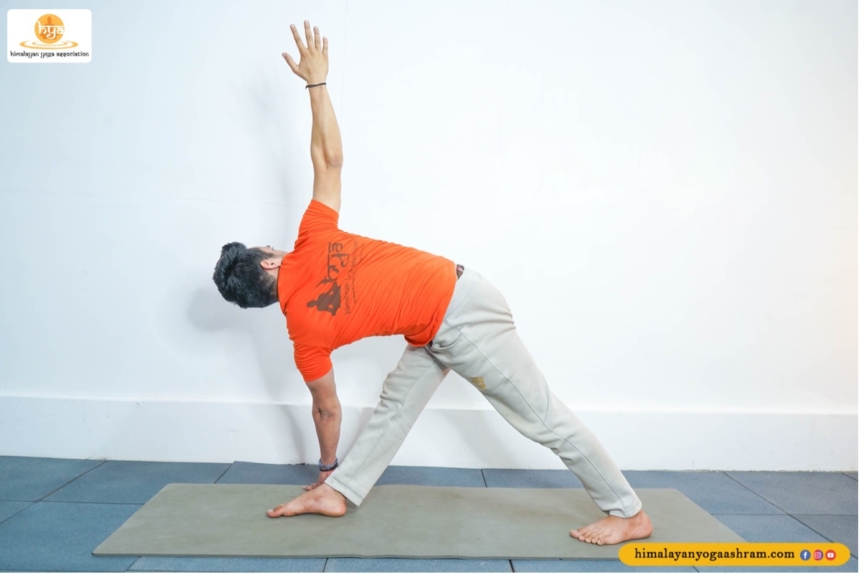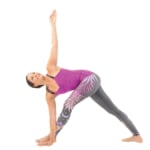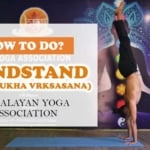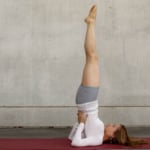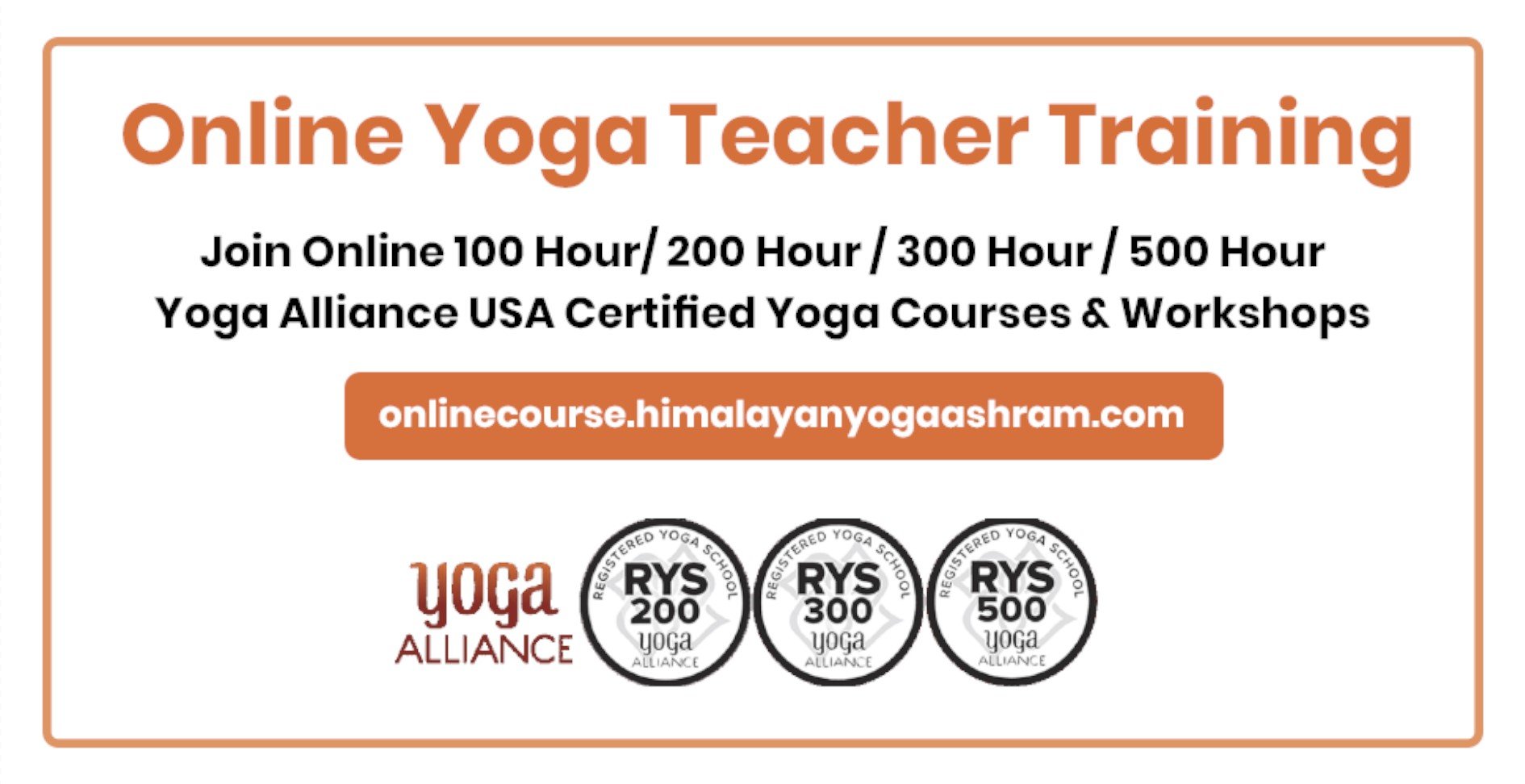PARIVRTTA UTTHITA TRIKONASANA
By Himanshu JoshiYoga“Sthirasukhamasanam”
Patanjali’s Yoga Sutras / Pada 2, Sutra 46
– Steady and comfortable should be the posture –
In Ashtanga vinyasa standing sequence,
this asana comes after utthita trikonasana.
Do we just need to twist our body from utthita trikonasana?
Let’s see the differences from that,
and how to practice this asana properly.
METHOD
1 – Stand in Tadasana. Step your feet 3 to 4 feet apart. Raise your arms parallel to the floor and reach them actively out to the sides, shoulder blades widely apart and palms down.
2 – Turn your left feet 45 to 60 degree to the right and your right feet out to the right, parallel to the long side of the yoga mat. Align your right heel to be on the same line as the left heel, or slightly apart. Firm your thighs, and make sure the center of the right kneecap is in line with the center of the right ankle.
3 – With an exhalation, turn your torso to the right and keep your hip square as much as you can with the front edge of your mat.
4 – Give yourself one inhalation, and as you exhale, turn your torso more to the right and lean forward over the front leg. Then place your left hand on the floor outside of your right foot, drop the left hip slightly toward the floor. Keep your head in a neutral position and look straight forward.
5 – Hold this position with slow and deep breathing for as long as comfortable.
6 – As you exhale, release the twist slowly and bring your torso back to upright position with an inhalation.
7 – Repeat for the other side.
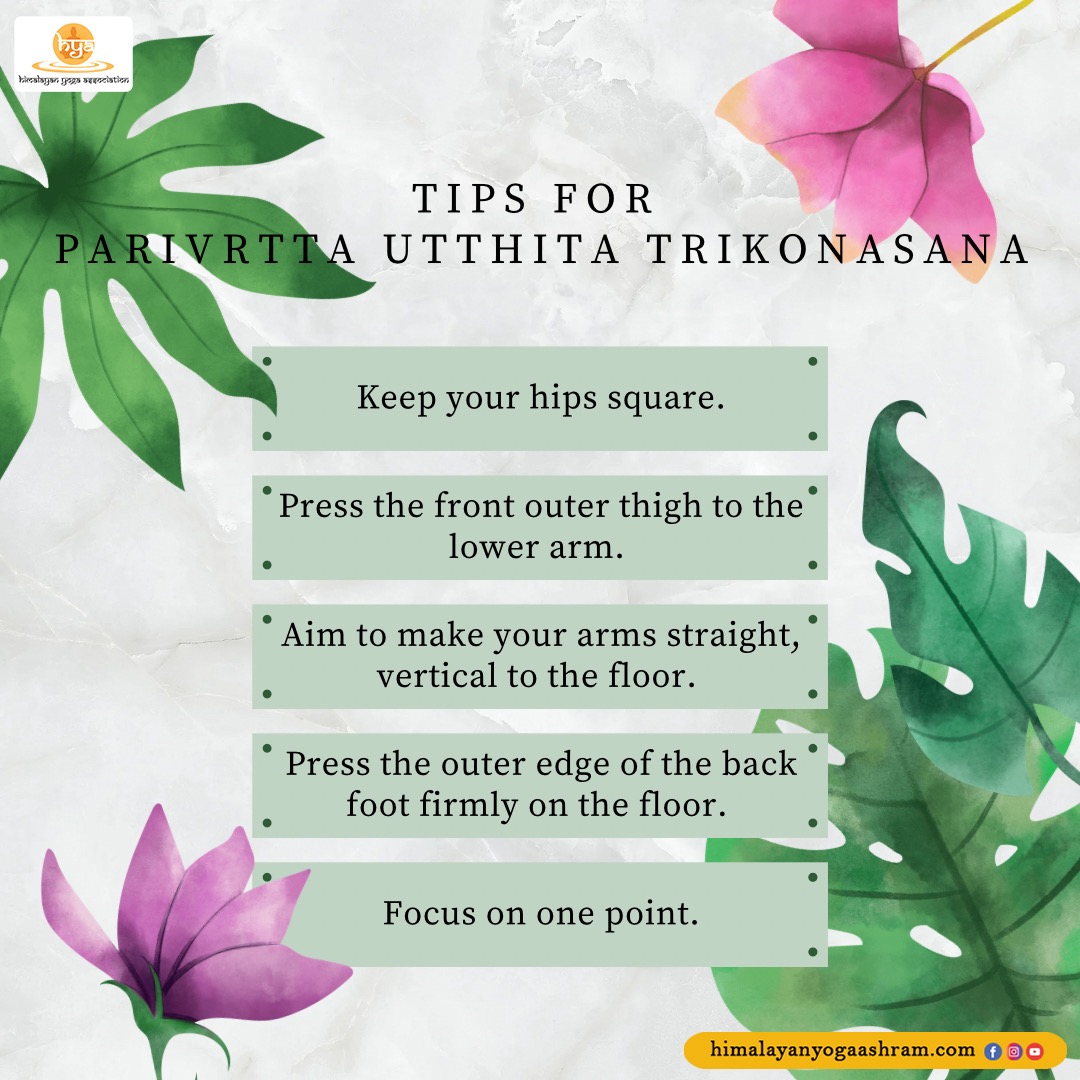
BENEFITS
- Great stretch to the legs, the hips and spine.
- Opens the chest to improve breathing.
- Relieves mild back pain.
- Stimulates the abdominal organs and improves your digestive system.
- Improves the sense of balance, stability and range of motion.
CONTRAINDICATIONS
- Avoid this asana unless instructed any modifications by professionals if you have any of the below or feel uncomfortable any time during your practice.
- Neck or spine injuries
- History of recent spinal, knees, ankle, shoulder, hip surgery
- Lower back pain
- Low blood pressure
- Diarrhea

